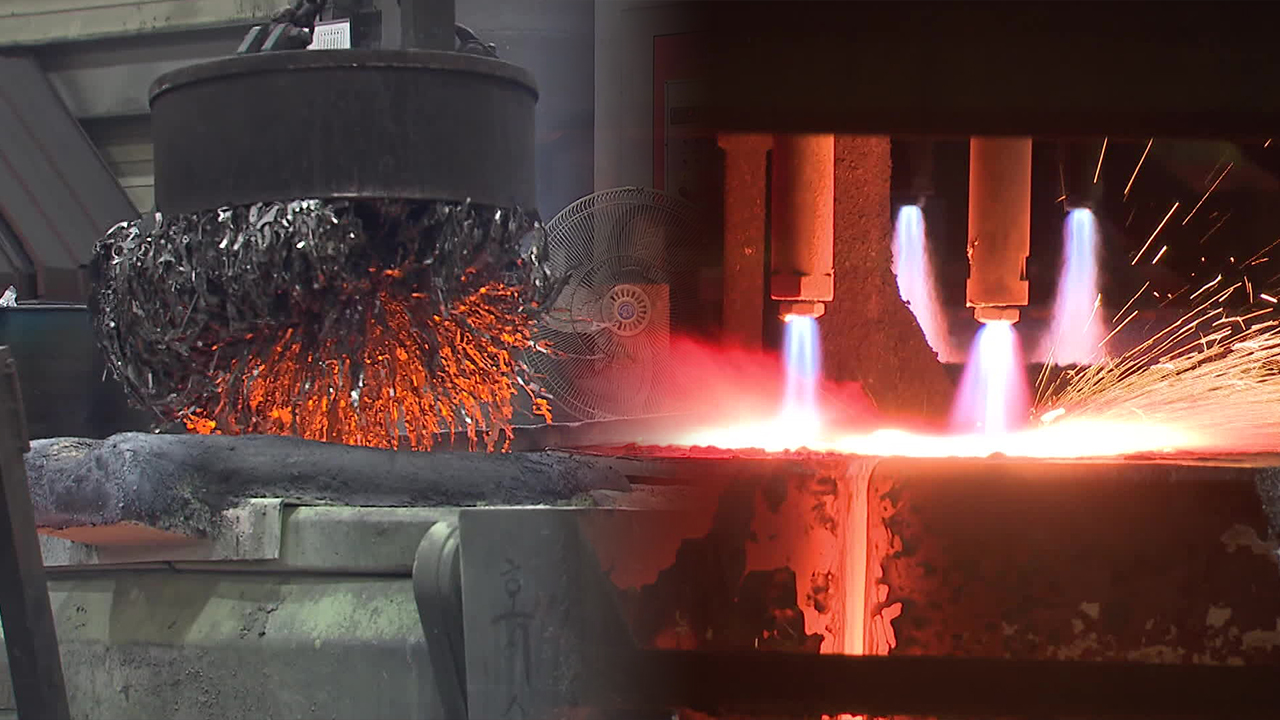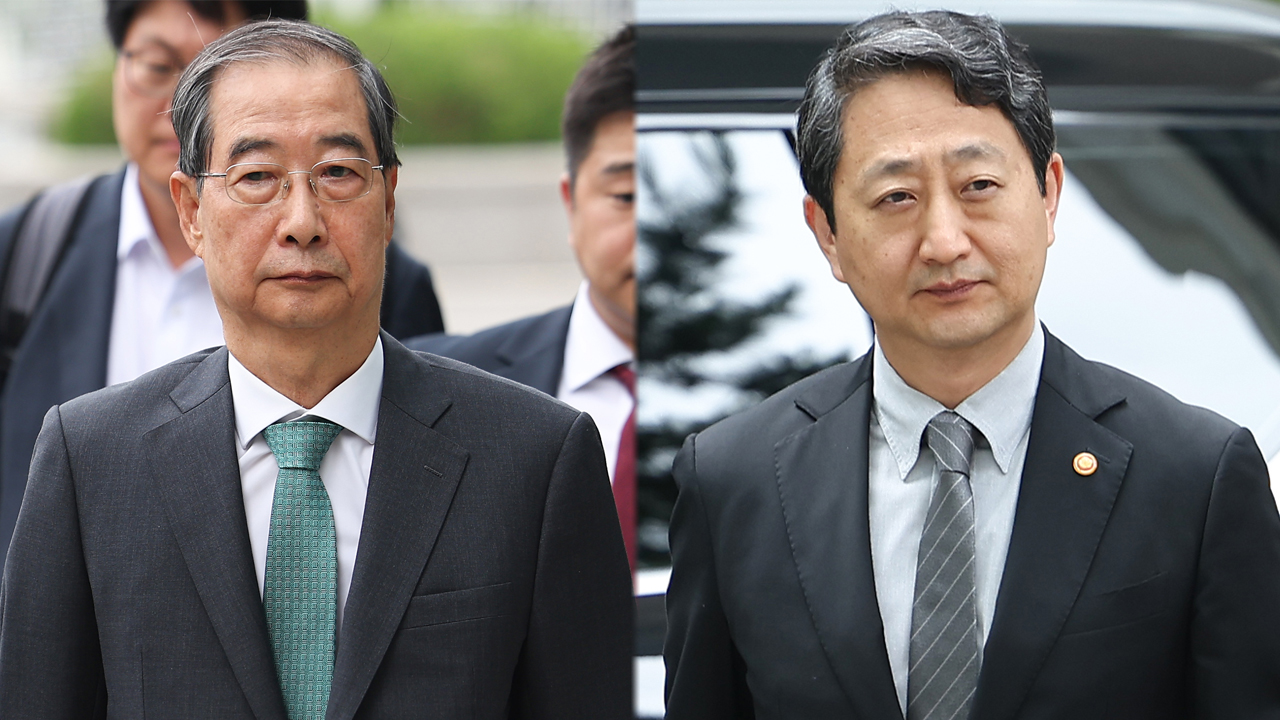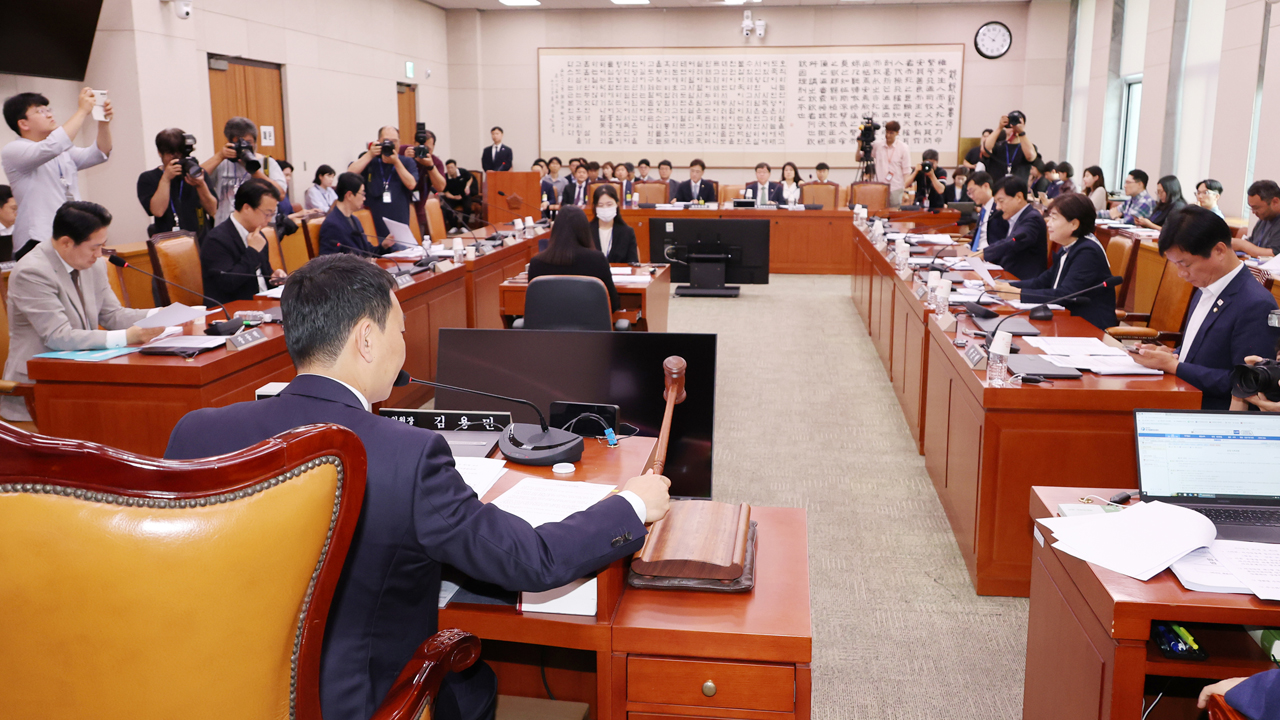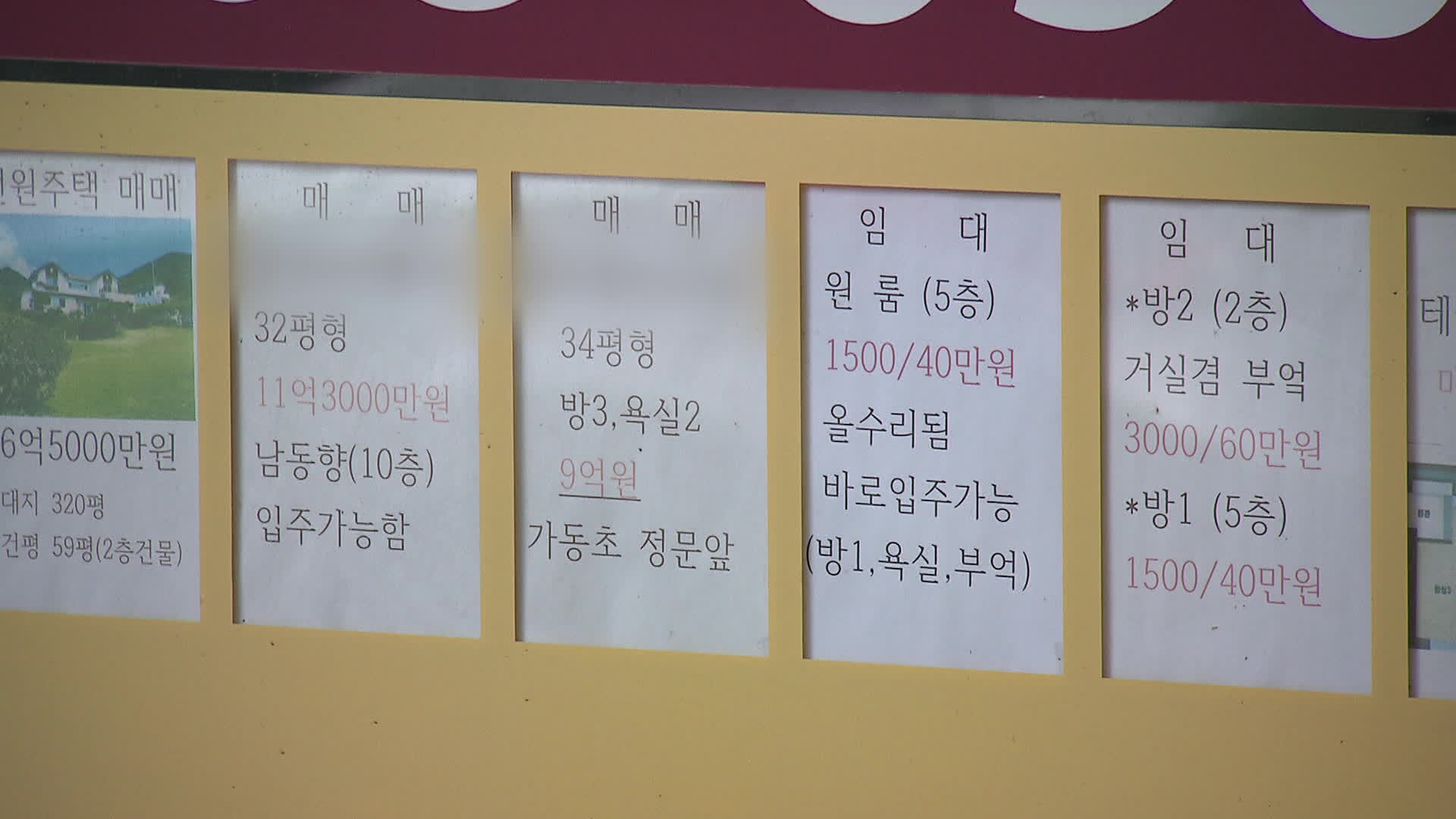KEPCO raises industrial electricity rates by 9.7%, insists increase is inevitable
입력 2024.10.23 (23:44)
읽어주기 기능은 크롬기반의
브라우저에서만 사용하실 수 있습니다.
[Anchor]
Starting tomorrow (10.24), industrial electricity rates will increase by an average of 9.7%.
This is the first increase in about 11 months.
Korea Electric Power Corporation (KEPCO) explained that the increase is unavoidable due to accumulated losses and debts.
However, residential electricity rates, which have been frozen since the increase in May last year, will remain unchanged considering the economic burden on ordinary citizens.
Reporter Kye Hyun-woo examined how this electricity rate increase will improve KEPCO's financial structure and the impact it will have on the industrial sector.
[Report]
The characteristic of this industrial electricity rate increase is that the increase varies depending on the capacity.
Large corporations will see a 10.2% increase in their high-capacity usage, while the increase for small and medium-sized enterprises will be about half that.
In contrast, electricity rates for residential customers and small businesses have been frozen for 18 months due to concerns about high inflation.
The government stated that this places a greater burden on large export-oriented companies that have relatively more capacity.
[Choi Nam-ho/Vice Minister of Trade, Industry and Energy: "I understand that the proportion of electricity costs in the cost structure for (large export companies) is about 1.4%. I believe it will have little impact on domestic prices."]
KEPCO explained that this increase is an unavoidable measure to reduce the accumulated losses incurred while selling electricity below cost during the surge in international fuel prices due to the Russia-Ukraine war.
From 2021 to the first half of this year, the accumulated losses amount to 41 trillion won.
With debts reaching 203 trillion won, the interest on borrowed funds alone amounts to 12.2 billion won per day.
Although rates have been raised six times since 2022, considering the accumulated losses, further increases were deemed unavoidable.
[Kim Dong-cheol/President of KEPCO: "(Electricity rates) are below power generation cost, and we are among the lower ranks of OECD member countries."]
The expected additional revenue from electricity sales for KEPCO due to this increase is 4.7 trillion won annually.
Industrial customers account for only 1.7% of the total, but they represent 53.2% of total electricity consumption.
However, the industrial sector is expressing widespread concern.
[Jo Young-jun/Director of Sustainable Management at the Korea Chamber of Commerce and Industry: "It is likely to burden corporate activities and undermine industrial competitiveness."]
Regarding the possibility of further increases, the government stated that if oil prices stabilize, there will be no major factors for a significant increase, but interest rates and exchange rates could be variables.
This is KBS News, Kye Hyun-woo.
Starting tomorrow (10.24), industrial electricity rates will increase by an average of 9.7%.
This is the first increase in about 11 months.
Korea Electric Power Corporation (KEPCO) explained that the increase is unavoidable due to accumulated losses and debts.
However, residential electricity rates, which have been frozen since the increase in May last year, will remain unchanged considering the economic burden on ordinary citizens.
Reporter Kye Hyun-woo examined how this electricity rate increase will improve KEPCO's financial structure and the impact it will have on the industrial sector.
[Report]
The characteristic of this industrial electricity rate increase is that the increase varies depending on the capacity.
Large corporations will see a 10.2% increase in their high-capacity usage, while the increase for small and medium-sized enterprises will be about half that.
In contrast, electricity rates for residential customers and small businesses have been frozen for 18 months due to concerns about high inflation.
The government stated that this places a greater burden on large export-oriented companies that have relatively more capacity.
[Choi Nam-ho/Vice Minister of Trade, Industry and Energy: "I understand that the proportion of electricity costs in the cost structure for (large export companies) is about 1.4%. I believe it will have little impact on domestic prices."]
KEPCO explained that this increase is an unavoidable measure to reduce the accumulated losses incurred while selling electricity below cost during the surge in international fuel prices due to the Russia-Ukraine war.
From 2021 to the first half of this year, the accumulated losses amount to 41 trillion won.
With debts reaching 203 trillion won, the interest on borrowed funds alone amounts to 12.2 billion won per day.
Although rates have been raised six times since 2022, considering the accumulated losses, further increases were deemed unavoidable.
[Kim Dong-cheol/President of KEPCO: "(Electricity rates) are below power generation cost, and we are among the lower ranks of OECD member countries."]
The expected additional revenue from electricity sales for KEPCO due to this increase is 4.7 trillion won annually.
Industrial customers account for only 1.7% of the total, but they represent 53.2% of total electricity consumption.
However, the industrial sector is expressing widespread concern.
[Jo Young-jun/Director of Sustainable Management at the Korea Chamber of Commerce and Industry: "It is likely to burden corporate activities and undermine industrial competitiveness."]
Regarding the possibility of further increases, the government stated that if oil prices stabilize, there will be no major factors for a significant increase, but interest rates and exchange rates could be variables.
This is KBS News, Kye Hyun-woo.
■ 제보하기
▷ 카카오톡 : 'KBS제보' 검색, 채널 추가
▷ 전화 : 02-781-1234, 4444
▷ 이메일 : kbs1234@kbs.co.kr
▷ 유튜브, 네이버, 카카오에서도 KBS뉴스를 구독해주세요!
- KEPCO raises industrial electricity rates by 9.7%, insists increase is inevitable
-
- 입력 2024-10-23 23:44:33

[Anchor]
Starting tomorrow (10.24), industrial electricity rates will increase by an average of 9.7%.
This is the first increase in about 11 months.
Korea Electric Power Corporation (KEPCO) explained that the increase is unavoidable due to accumulated losses and debts.
However, residential electricity rates, which have been frozen since the increase in May last year, will remain unchanged considering the economic burden on ordinary citizens.
Reporter Kye Hyun-woo examined how this electricity rate increase will improve KEPCO's financial structure and the impact it will have on the industrial sector.
[Report]
The characteristic of this industrial electricity rate increase is that the increase varies depending on the capacity.
Large corporations will see a 10.2% increase in their high-capacity usage, while the increase for small and medium-sized enterprises will be about half that.
In contrast, electricity rates for residential customers and small businesses have been frozen for 18 months due to concerns about high inflation.
The government stated that this places a greater burden on large export-oriented companies that have relatively more capacity.
[Choi Nam-ho/Vice Minister of Trade, Industry and Energy: "I understand that the proportion of electricity costs in the cost structure for (large export companies) is about 1.4%. I believe it will have little impact on domestic prices."]
KEPCO explained that this increase is an unavoidable measure to reduce the accumulated losses incurred while selling electricity below cost during the surge in international fuel prices due to the Russia-Ukraine war.
From 2021 to the first half of this year, the accumulated losses amount to 41 trillion won.
With debts reaching 203 trillion won, the interest on borrowed funds alone amounts to 12.2 billion won per day.
Although rates have been raised six times since 2022, considering the accumulated losses, further increases were deemed unavoidable.
[Kim Dong-cheol/President of KEPCO: "(Electricity rates) are below power generation cost, and we are among the lower ranks of OECD member countries."]
The expected additional revenue from electricity sales for KEPCO due to this increase is 4.7 trillion won annually.
Industrial customers account for only 1.7% of the total, but they represent 53.2% of total electricity consumption.
However, the industrial sector is expressing widespread concern.
[Jo Young-jun/Director of Sustainable Management at the Korea Chamber of Commerce and Industry: "It is likely to burden corporate activities and undermine industrial competitiveness."]
Regarding the possibility of further increases, the government stated that if oil prices stabilize, there will be no major factors for a significant increase, but interest rates and exchange rates could be variables.
This is KBS News, Kye Hyun-woo.
Starting tomorrow (10.24), industrial electricity rates will increase by an average of 9.7%.
This is the first increase in about 11 months.
Korea Electric Power Corporation (KEPCO) explained that the increase is unavoidable due to accumulated losses and debts.
However, residential electricity rates, which have been frozen since the increase in May last year, will remain unchanged considering the economic burden on ordinary citizens.
Reporter Kye Hyun-woo examined how this electricity rate increase will improve KEPCO's financial structure and the impact it will have on the industrial sector.
[Report]
The characteristic of this industrial electricity rate increase is that the increase varies depending on the capacity.
Large corporations will see a 10.2% increase in their high-capacity usage, while the increase for small and medium-sized enterprises will be about half that.
In contrast, electricity rates for residential customers and small businesses have been frozen for 18 months due to concerns about high inflation.
The government stated that this places a greater burden on large export-oriented companies that have relatively more capacity.
[Choi Nam-ho/Vice Minister of Trade, Industry and Energy: "I understand that the proportion of electricity costs in the cost structure for (large export companies) is about 1.4%. I believe it will have little impact on domestic prices."]
KEPCO explained that this increase is an unavoidable measure to reduce the accumulated losses incurred while selling electricity below cost during the surge in international fuel prices due to the Russia-Ukraine war.
From 2021 to the first half of this year, the accumulated losses amount to 41 trillion won.
With debts reaching 203 trillion won, the interest on borrowed funds alone amounts to 12.2 billion won per day.
Although rates have been raised six times since 2022, considering the accumulated losses, further increases were deemed unavoidable.
[Kim Dong-cheol/President of KEPCO: "(Electricity rates) are below power generation cost, and we are among the lower ranks of OECD member countries."]
The expected additional revenue from electricity sales for KEPCO due to this increase is 4.7 trillion won annually.
Industrial customers account for only 1.7% of the total, but they represent 53.2% of total electricity consumption.
However, the industrial sector is expressing widespread concern.
[Jo Young-jun/Director of Sustainable Management at the Korea Chamber of Commerce and Industry: "It is likely to burden corporate activities and undermine industrial competitiveness."]
Regarding the possibility of further increases, the government stated that if oil prices stabilize, there will be no major factors for a significant increase, but interest rates and exchange rates could be variables.
This is KBS News, Kye Hyun-woo.
-
-

계현우 기자 kye@kbs.co.kr
계현우 기자의 기사 모음
-
이 기사가 좋으셨다면
-
좋아요
0
-
응원해요
0
-
후속 원해요
0















이 기사에 대한 의견을 남겨주세요.